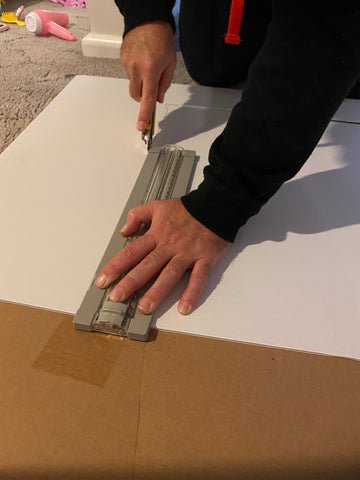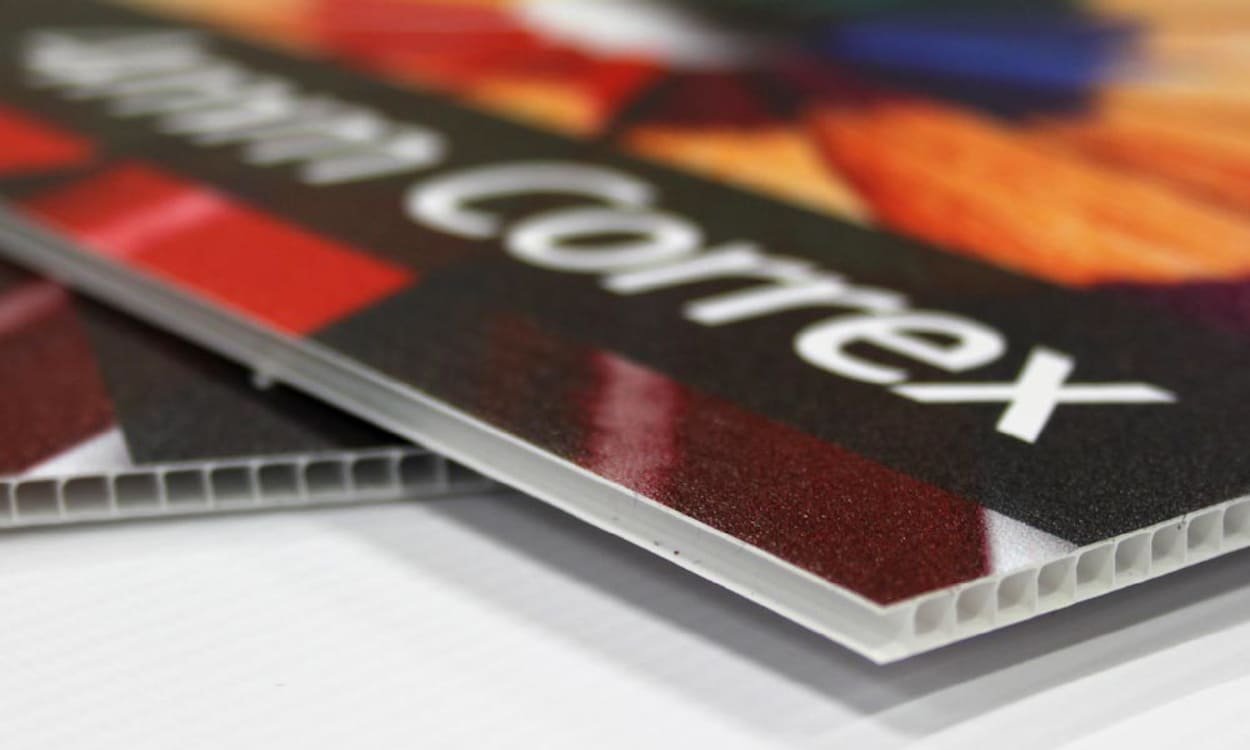The Ultimate Guide to Cutting Coroplast Plastic: Tips, Tools, and Techniques
Finding the perfect method to cut Coroplast plastic is crucial for businesses specializing in custom signage, displays, or packaging. The challenge? Achieving a clean, precise cut without wasting material or compromising the professional appearance of the final product. Poor cutting techniques can lead to jagged edges, material wastage, and an end result that looks anything but professional. This guide is designed to navigate you through the essentials of cutting Coroplast plastic, ensuring your projects turn out exactly as planned, with a neat and professional finish.
Cutting Coroplast plastic efficiently requires the right tools and techniques. A utility knife is the go-to choice for achieving smooth, clean cuts across both thick and thin corrugated plastic sheets, making it an indispensable tool in your arsenal.
Now that you’re equipped with the fundamental tool, it’s time to delve into the specifics of the cutting process, exploring methods and safety measures that will elevate your Coroplast cutting technique.
What is the Best Way to Cut Coroplast?
For Coroplast sheets with a thickness of less than 6mm, a simple utility knife will do the job perfectly. The utility knife allows for precision and control, making it suitable for detailed cuts or straight lines. However, when dealing with Coroplast sheets thicker than 6mm, a professional cutting machine becomes necessary. These machines are designed to handle the material’s density without compromising the quality of the cut.
What is the Best Tool to Cut Corrugated Plastic?
Although a utility knife is a fantastic starting point, a multitool can elevate your cutting technique, especially for intricate designs or shapes. The key is to select a semi-circle blade with fine teeth and to position the blade at a 45-degree angle relative to the handle. This setup not only simplifies the cutting process but also enhances your control over the tool, ensuring precision in every cut.
Is Coroplast Easy to Cut?
Yes, Coroplast’s material properties make it notably easy to cut, provided you have the right tools at hand. This ease of cutting opens up a realm of possibilities for creating custom pieces tailored to your specific needs, from signage to packaging solutions.
Beyond the basic techniques, let’s explore some related queries that might arise when working with Coroplast:
- Cutting Coroplast with an Angle Grinder: Suitable for larger projects or when you need to cut multiple sheets at once, although it requires a steady hand and protective gear.
- Cutting Coroplast for Crafts: A utility knife or a pair of sharp scissors might be all you need for creative projects, allowing for precision and versatility.
- Cutting Coroplast by Hand: Emphasizes the importance of using sharp tools and a stable cutting surface to ensure safety and accuracy.
- Creating Shapes from Coroplast: Planning and marking your cuts in advance can simplify the process, making it easier to achieve the desired outcome.
Remember, no matter the method, safety should always be your top priority. Ensure you’re working on a stable surface, using sharp tools for clean cuts, and wearing appropriate protective gear when necessary.
In conclusion, cutting Coroplast plastic doesn’t have to be a daunting task. With the right tools and a bit of practice, you can achieve professional, clean cuts for all your projects. Whether you’re crafting custom signs, packaging, or displays, understanding the nuances of cutting Coroplast is essential for a polished and professional outcome. Experiment with different tools and techniques to find what works best for your specific needs, and don’t hesitate to reach out to experts for advice or to source top-quality Coroplast sheets.
For more information on Coroplast sheets and how to utilize them effectively in your business projects, visit www.xscorflutesheet.com. Dive into the world of Coroplast with confidence, and let your creativity lead the way to impressive, professional results.






